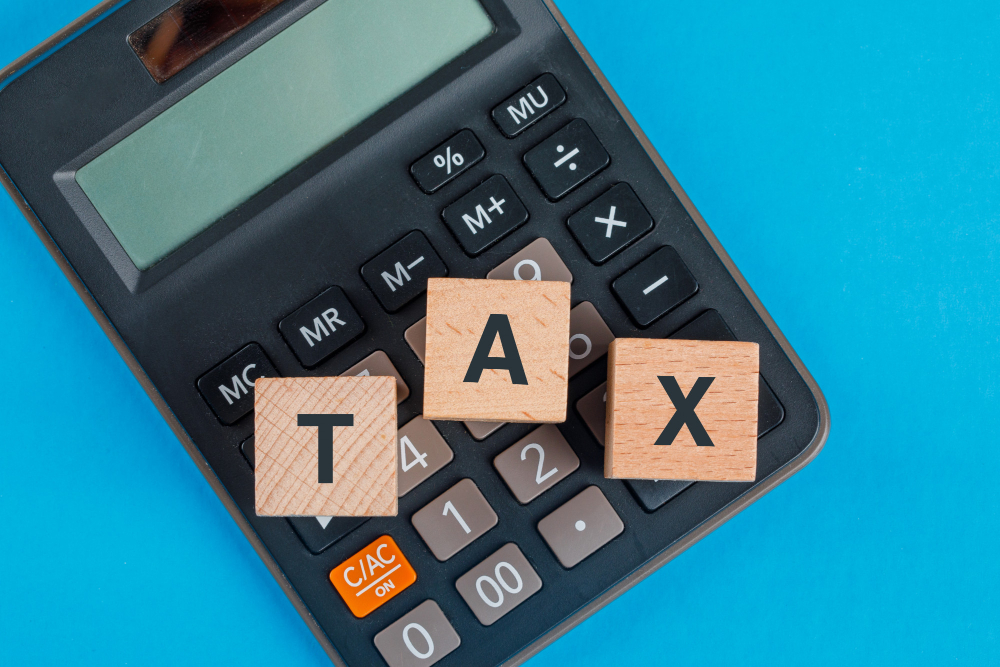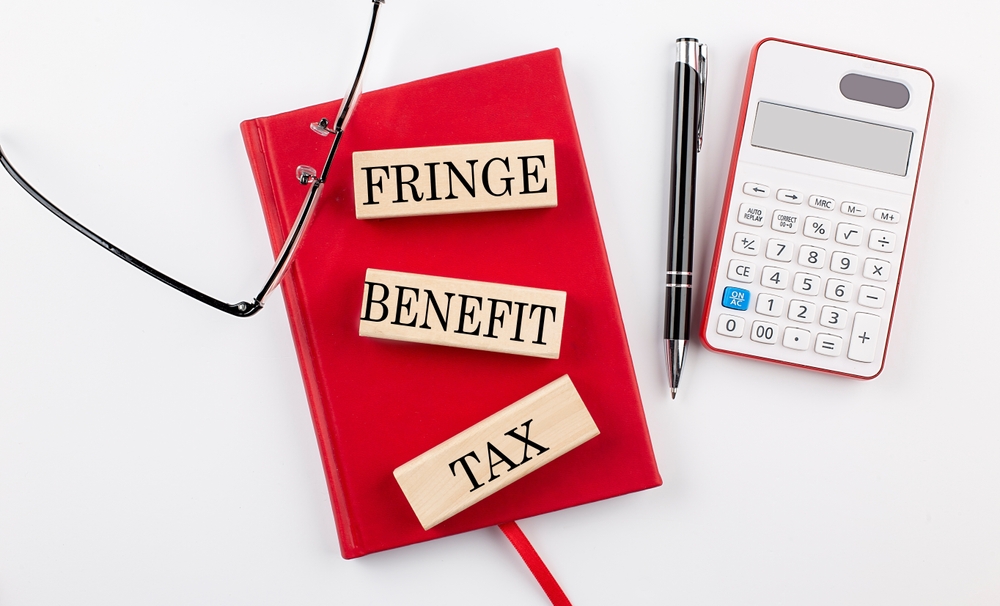Everybody knows about depreciation (really?). Sadly sometimes a person’s knowledge about how depreciation impacts on a family business reporting is blurry.
This is also compounded by how some tax accountants in Perth are treating depreciation in the books of a family business. Business reports should not be tax reports.
The charge of depreciation in the books represents the cost of a business using an asset over time. AASB 13 defines “depreciation is the systematic allocation of the depreciable amount of an asset over its useful life” which is quite a mouthful.
The tax system is not mentioned in the AASB – it is based on reality.
Depreciation is real
If somebody is telling you that depreciation is a “book entry” and it should be ignored: you should ignore them. Depreciation is a real cash payment – it is just lumpy.
Think of the Rafferty family.
The Rafferty Distribution Centre buys an internal forklift for $240,000.
As the forklift works 24/7 in the centre it will be ruined in 4 years time. It gets worked hard.
In 4 years time, the Rafferty family will buy another forklift for $240,000.
In this instance, the requirement to buy a forklift essentially requires the family business to “fork out” $60,000 a year in new equipment (ha ha!!!).
If this cost is ignored in year 1, 2 and 3 the business will generate a big cash drain in year 4.
Try telling the Rafferty’s depreciation is “not real”.
Tax impact of depreciation
If your family business buys an asset the payment is capital in nature. So taxation law prohibits, under s8-1 of the Income Tax Assessment Act, a tax deduction for any item of business expenditure that is capital in nature.
This is then mitigated by 40-25 of the Tax Act which then allows a tax deduction over time. So we start to get a tax deduction (technocrats call it a “decline in value”) that is similar to the real world concept of depreciation.
So far so good?
The problem essentially then arises from the conflict of how taxation law treats the speed of a depreciation deduction compared to how a family business will use, and benefit from, plant and equipment.
In essence, taxation law is a political mechanism designed to collect revenue to the Australian people that is perceived as fair. Fairness and politicians are not how a family business runs. This is then complicated as some parts of the tax law are tweaked to encourage a certain type of activity (like investing in business machinery) and twisted to discourage certain activities (like bribing government officials).
In particular, taxation law allows for depreciation to be recorded using the diminishing value method.
What is the diminishing value method for depreciating assets?
The tax law allows for family business to claim tax deductions on plant and equipment using the diminishing value method. This effectively “front loads” the depreciation benefit of an asset upfront and then tapers off the amount of depreciation as time goes on.
For example
Tom buys a $50,000 truck in the business. The truck has an estimated life of 7 years.
The tax deductions for the truck, using the diminishing value method, are as follows
| 2018 | 14,285 |
| 2019 | 10,203 |
| 2020 | 7,288 |
| 2021 | 5,206 |
| 2022 | 3,718 |
| 2023 | 2,656 |
| 2024 | 1,897 |
| 45,256 |
What is the prime cost method for depreciating assets?
The prime cost method is relatively simple. It is a straight line charge for the asset over its useful life
For example
Tom buys a $50,000 truck in the business. The truck has an estimated life of 7 years.
The tax deductions for the truck are as follows
| 2018 | 7,142 |
| 2019 | 7,142 |
| 2020 | 7,142 |
| 2021 | 7,142 |
| 2022 | 7,142 |
| 2023 | 7,142 |
| 2024 | 7,142 |
| 50,000 |
Why do tax advisors typically like diminishing value?
The benefit of applying the diminishing value method is straight forward. It gives a family in business a bigger upfront tax deduction straight away. And in Perth a big tax deduction for a cash flow tight family is critical.
So your business accountant can basically twist the books and smack out a lower tax bill without too much effort. However there is a twist. Over the same time period the diminishing value method actually generates in fewer tax deductions.
What is wrong with choosing a diminishing value?
If your tax accountant chooses say, diminishing value of depreciation then it might be a good idea for a family in business. This is especially the case when cash flow is critical to the business family.
However, the problem fundamentally arises if the tax accountant then uses the tax depreciation schedule as the sole depreciation schedule in the business. If depreciation is a significant cost in the business the business reports on based on politicians: not reality.
We often see the use of the tax schedule only as a way to reduce professional advisor fees. And this is a false economy.
Mettam’s Meatworks can buy a new grinder. The grinder will cost $1m and will last 5 years. After 5 years the grinder will be worthless.
The grinder will generate an additional $2m over the same time period in cost savings and increased output.
So the decision to buy the grinder will give a $1:$1 profit. A $1m investment will generate a $1m net profit (revenue less capital costs).
The Mettam family can now choose two different ways to depreciate the grinder.
| Dim Val | Prime Cost | ||||||
|---|---|---|---|---|---|---|---|
| Year | Sales | Depn | Profit | Sales | Depn | Profit | |
| 2018 | 400k | 400k | 0 | 400k | 200k | 200k | |
| 2019 | 400k | 240k | 160k | 400k | 200k | 200k | |
| 2020 | 400k | 144k | 256k | 400k | 200k | 200k | |
| 2021 | 400k | 86.4k | 314k | 400k | 200k | 200k | |
| 2022 | 400k | 52k | 348k | 400k | 200k | 200k | |
| $2m | $1.1m | $2m | $1m |
In our example, the decision to buy the grinder is a great business decision and generates immediate benefits. So the profits to the business should be seen immediately.
However, the focus on immediate tax deductions through diminishing value, linked with a poor business reporting system using one depreciation schedule, indicates that the first year produces a break-even result. Even though the benefit of the grinder will be enjoyed the same over the next 5 years, and it will do the same job over the next 5 years, the financial reports indicate that the first year it is a “borderline” decision.
That is not correct.
The concern is exaggerated at the end of the life cycle of a depreciating asset. Towards the end the grinder’s life cycle the profits appears to be “great” and it is generating fantastic results. However, in year 2023 a new grinder is purchased and the profit falls down to nil.
These significant cost fluctuations in a business reduce trust and understanding in the reports. They make them meaningless.
Family business sits in at directors meetings and become confused with a multitude of adjustments to their key business ratio’s. And when they ask their CFO and the convoluted story is that it is good for tax.
This is not how it is meant to be.
How to fix the problem
Your tax depreciation schedule should not be the guide for your business performance. You can easily prepare a depreciation schedule in your business that is only done with the business performance in mind to generate numbers that are based in reality – not a political tax system.
And thankfully smart cloud technology programs, like asset.guru, which integrates into Xero, and even the Xero asset register itself, allows for two types of depreciation schedules. One schedule for the tax consultant and one register for the family business owners.
With technology, the ability to give the tax schedule to the tax accountant, and make the depreciation tax adjustments in the tax return is relatively simple. Gone are the days when the fixed asset register for the business (prepared in excel) was different from the fixed asset register used for tax.
It is incredibly important to make sure that you have a smart business accountant who understands business and tax. So simply ask your tax advisor – what experience do you have in running large businesses? Have you started and been involved personally in a large family business? There are great business tax accountants in Perth who have this knowledge and depth of understanding if you know where to look.





